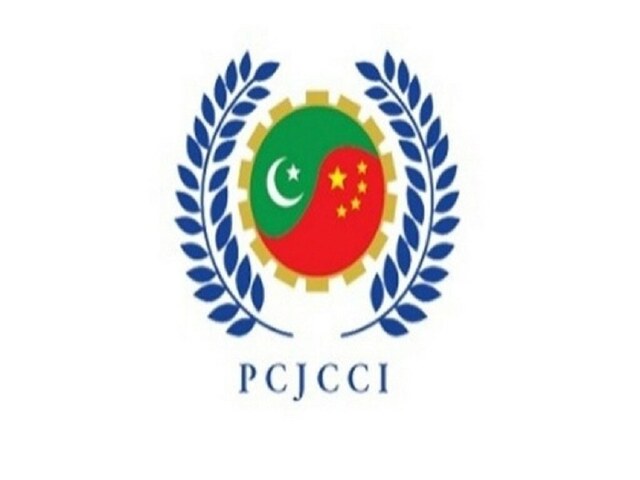LAHORE: The China-Pakistan Economic Corridor (CPEC) presents significant opportunities for Afghanistan’s socio-economic development and enhanced regional connectivity, according to senior officials from the Pakistan-China Joint Chamber of Commerce and Industry (PCJCCI).
Speaking at a think-tank session held at the PCJCCI Secretariat on Wednesday, PCJCCI Acting President Zafar Iqbal described CPEC as a “game-changer” for Afghanistan, positioning the nation as a central hub in the region’s evolving trade and transit ecosystem.
“Afghanistan is no longer just a landlocked country; with CPEC, it becomes a land-linked trade corridor between Central Asia, South Asia, and the Middle East,” Iqbal stated during the session.
The integration comes at a crucial time as Uzbekistan, Tajikistan, and other Central Asian Republics plan to utilize Pakistan’s Gwadar Port for their trade operations. This development is expected to generate substantial benefits for Afghanistan through increased transit trade, improved connectivity, and infrastructure investment opportunities.
The PCJCCI senior vice president highlighted the potential impact on Afghanistan’s agricultural sector, which currently provides livelihoods for more than 60 percent of the population. Through enhanced irrigation systems, improved supply chain logistics, and better market access, agricultural output in Afghanistan could potentially double within five years.
According to World Bank estimates cited during the session, full integration into CPEC could drive Afghanistan’s GDP growth by up to 6 percent annually. This growth would be fueled by increased trade activities, infrastructure development, and mining investments.
Afghanistan’s strategic geographical position provides access to over 3 billion consumers in regional markets, making it a critical player in future Eurasian trade routes.
Several major connectivity projects are under discussion, including the proposed Kabul-Peshawar rail link, which forms part of a broader plan to connect Afghanistan with Gwadar and Karachi ports. The comprehensive infrastructure program envisions over 3,000 kilometers of road and rail connections linking Afghanistan to Pakistan and China through transnational extensions of CPEC.
Access to Gwadar Port alone could reduce Afghanistan’s export and import costs by 30-40 percent compared to current trade routes through Iran or Pakistan’s northern borders. The port, currently handling over 13 million tons annually, is being expanded to accommodate up to 100 million tons in the future.
Afghanistan possesses vast untapped natural resources, with estimated mineral reserves valued between $1-3 trillion. These resources include 2.2 billion tons of iron ore, 60 million metric tons of copper, and significant deposits of lithium and rare earth metals—materials essential for the global technology and energy sectors.
Integration into CPEC offers a secure and investment-ready framework to attract foreign mining companies and develop necessary processing infrastructure, according to PCJCCI officials.
The inclusion of Afghanistan in CPEC is projected to create over 150,000 direct jobs through the establishment of Special Economic Zones (SEZs). These zones will accommodate manufacturing units, logistics hubs, agro-processing centers, and technology parks, facilitating Afghanistan’s integration into global supply chains.
Under stable security and investment conditions, Afghanistan could potentially attract $6-8 billion in foreign direct investment over the next decade.
Energy access represents another critical development area. CPEC energy projects have the potential to supply up to 1,000 MW of electricity to Afghanistan by integrating the country into the regional power grid. Currently, Afghanistan imports over 70 percent of its electricity requirements.
CPEC-linked energy initiatives, particularly in solar, wind, and hydroelectric power, could help localize energy production and reduce Afghanistan’s dependency on imports.
Secretary General Salahuddin Hanif emphasised that Special Economic Zones would play a crucial role in empowering Afghan youth through employment opportunities, skills development programs, and entrepreneurship initiatives.
Copyright Business Recorder, 2025
